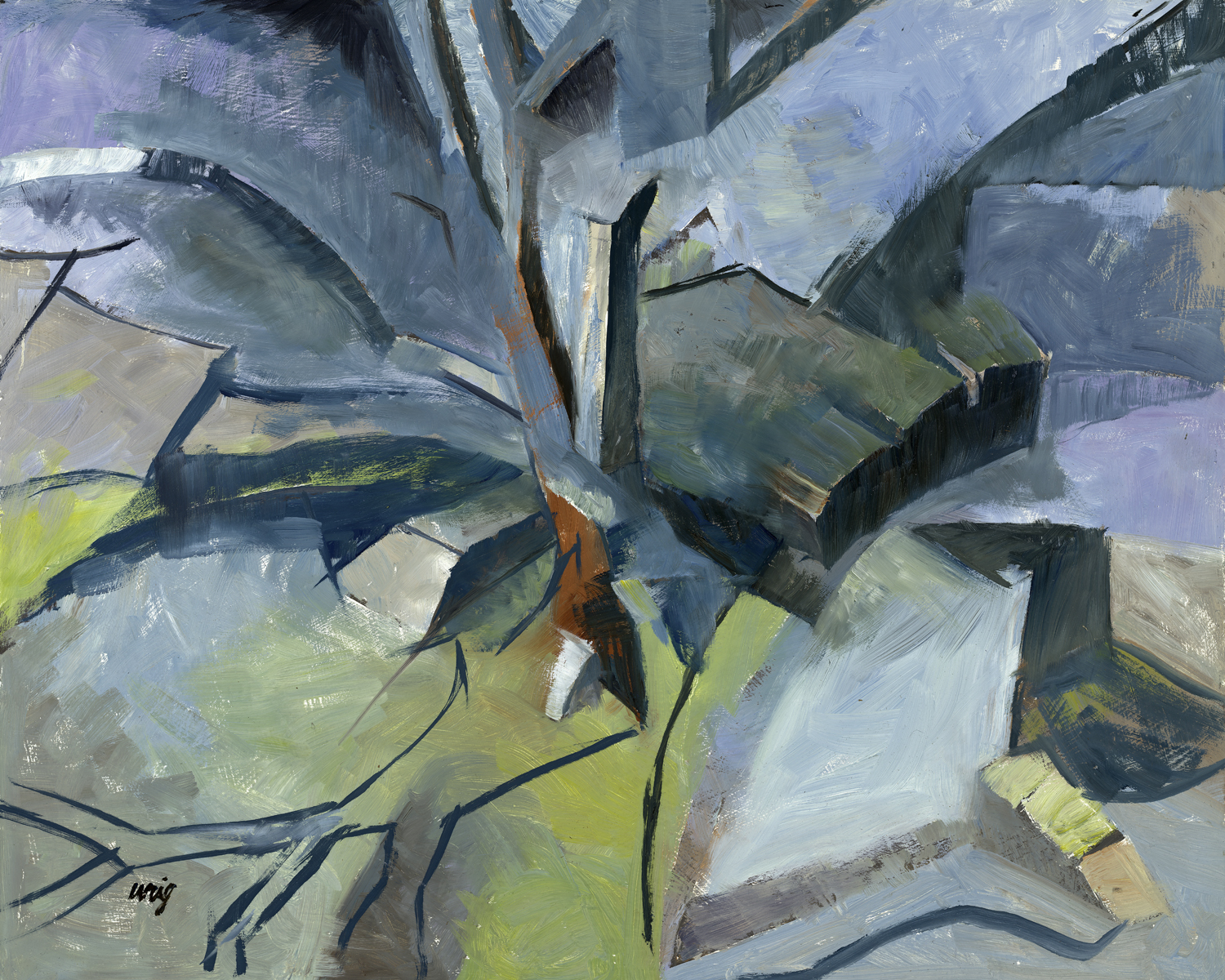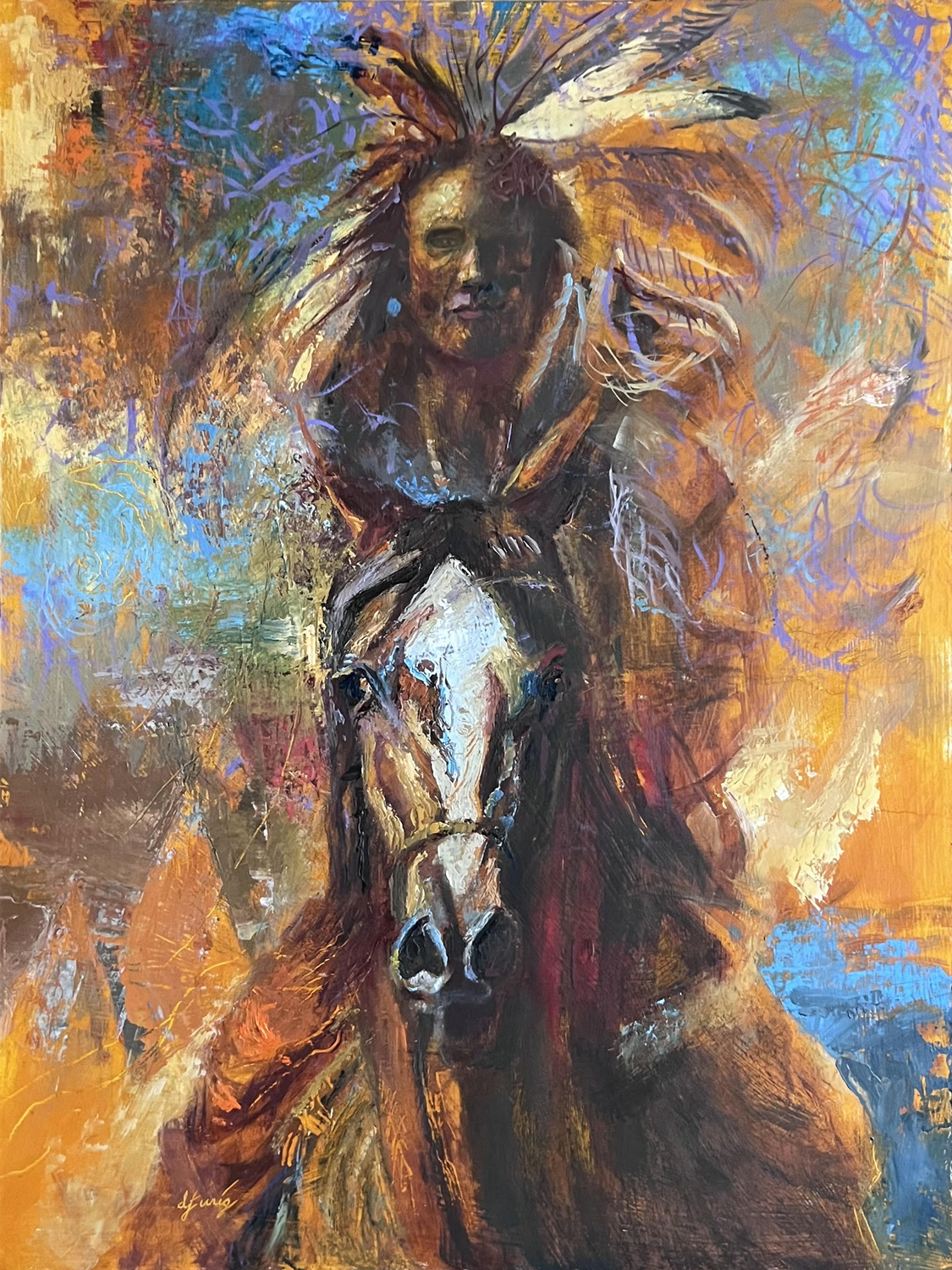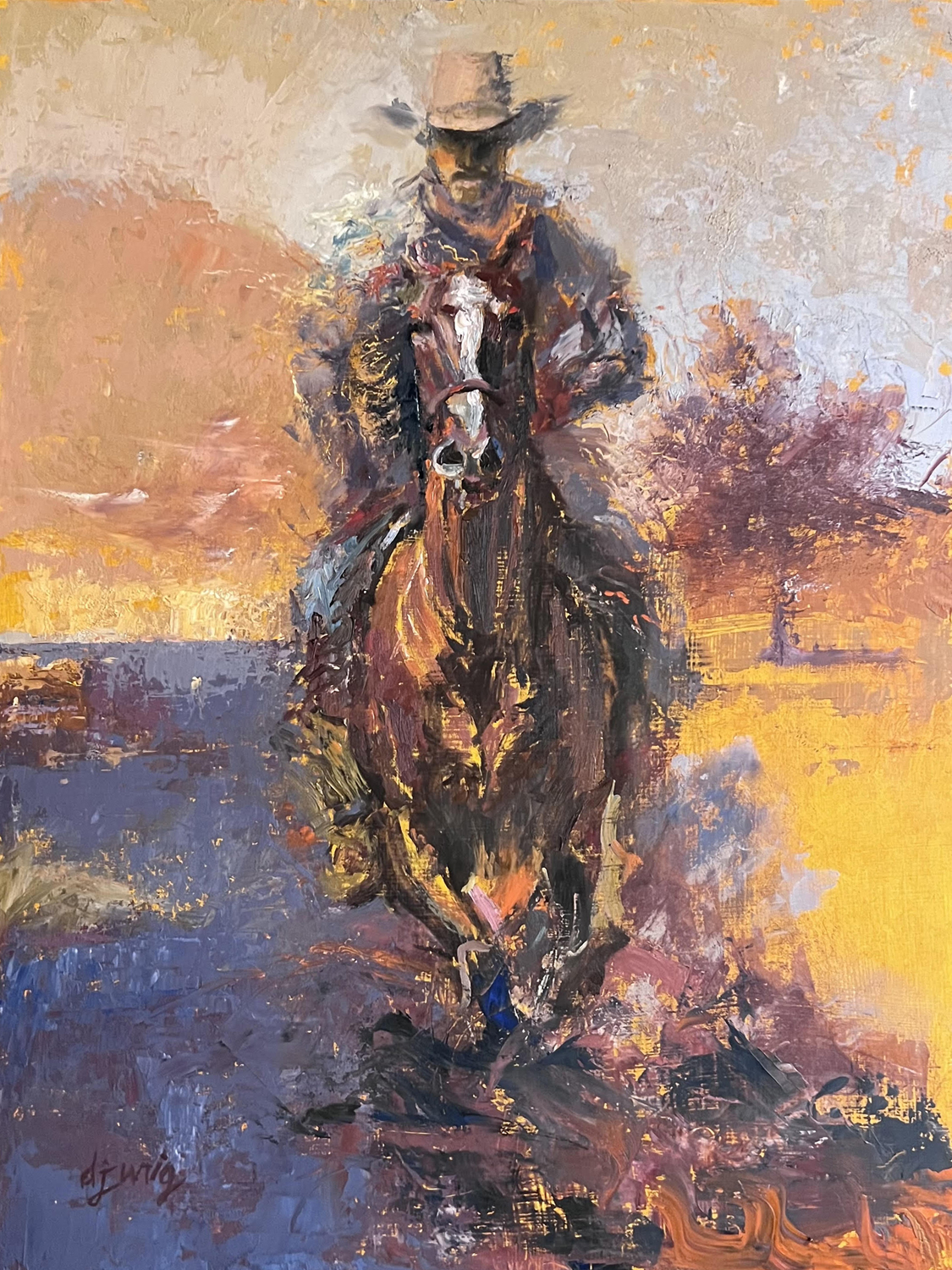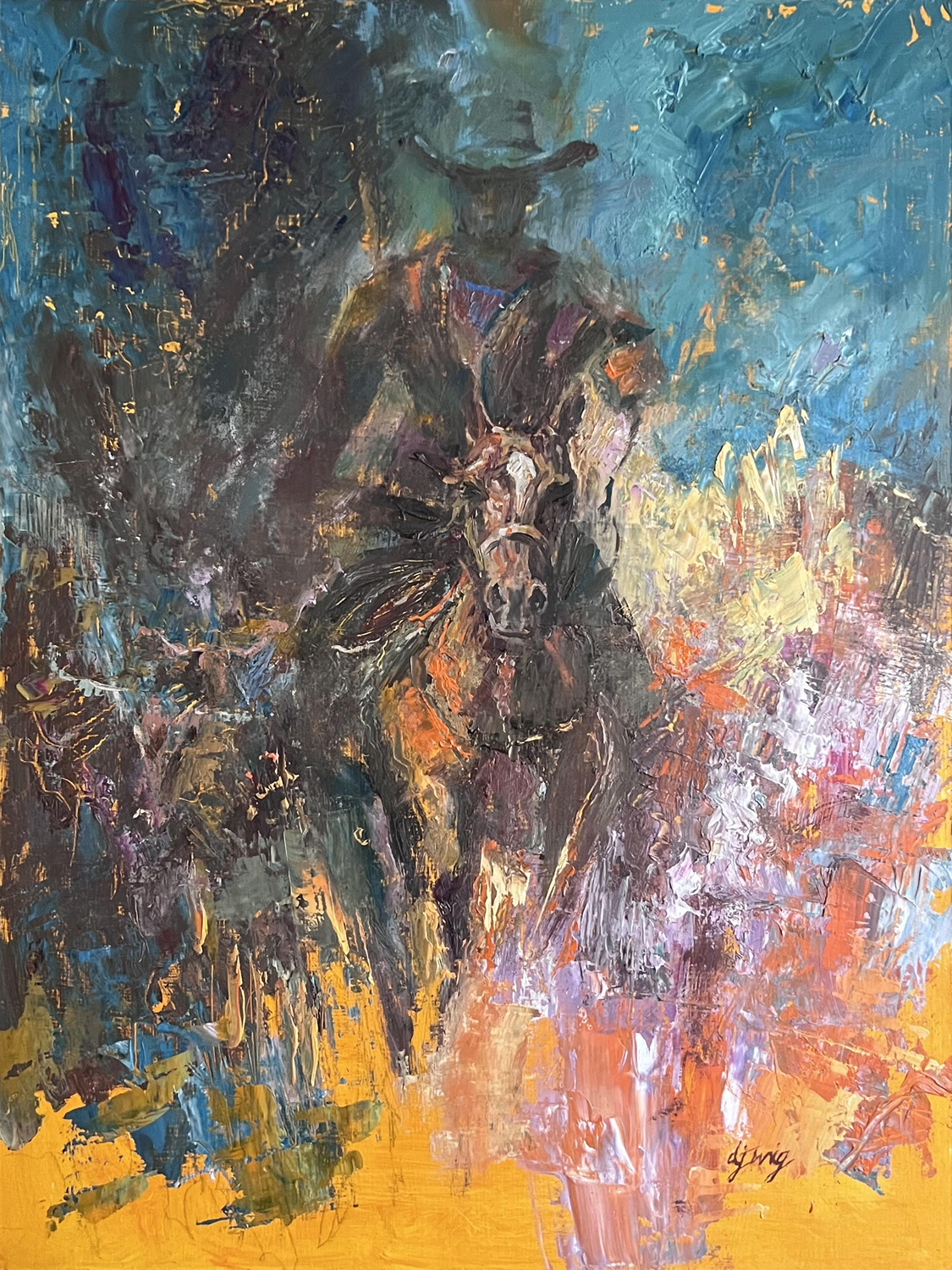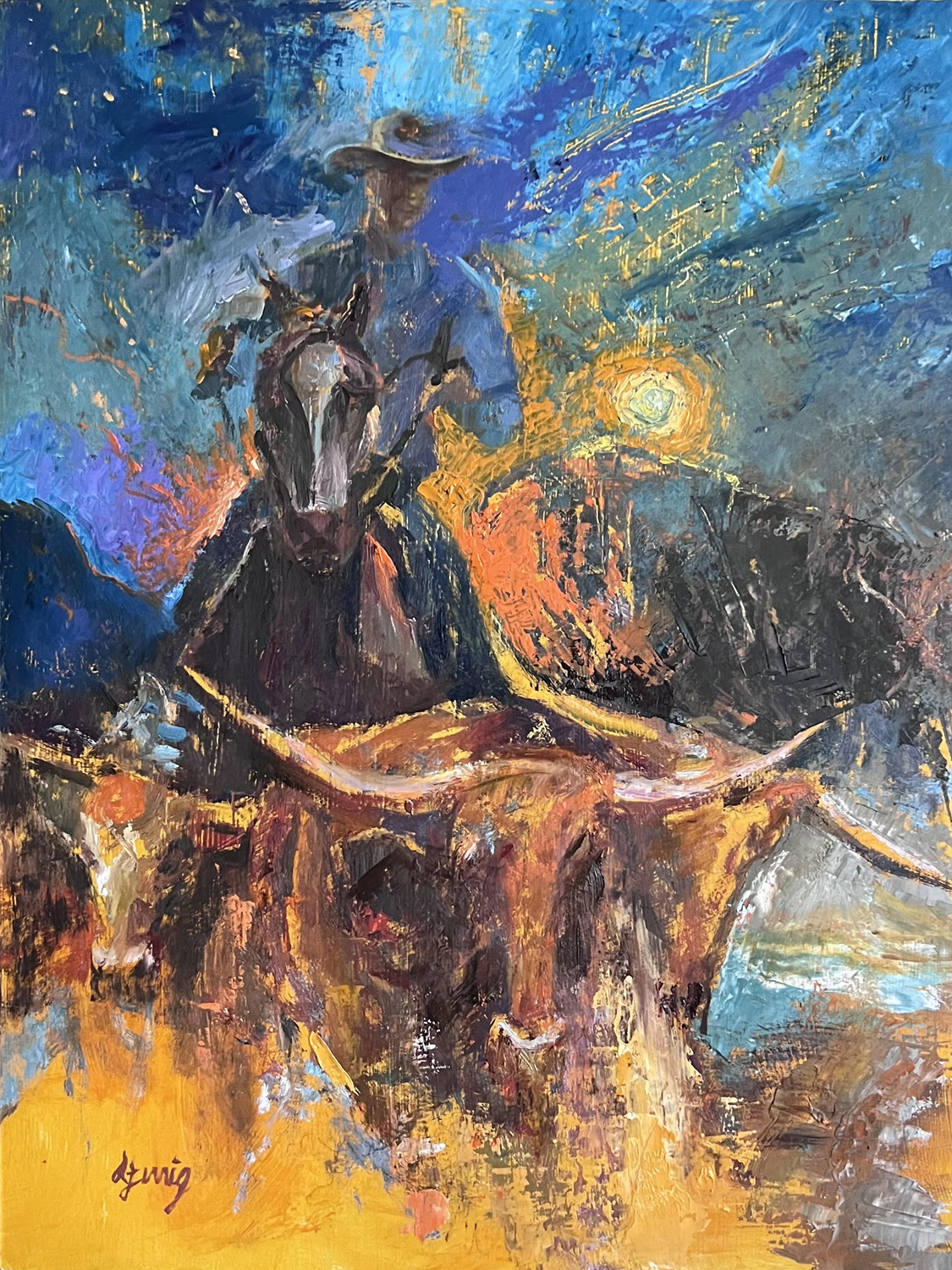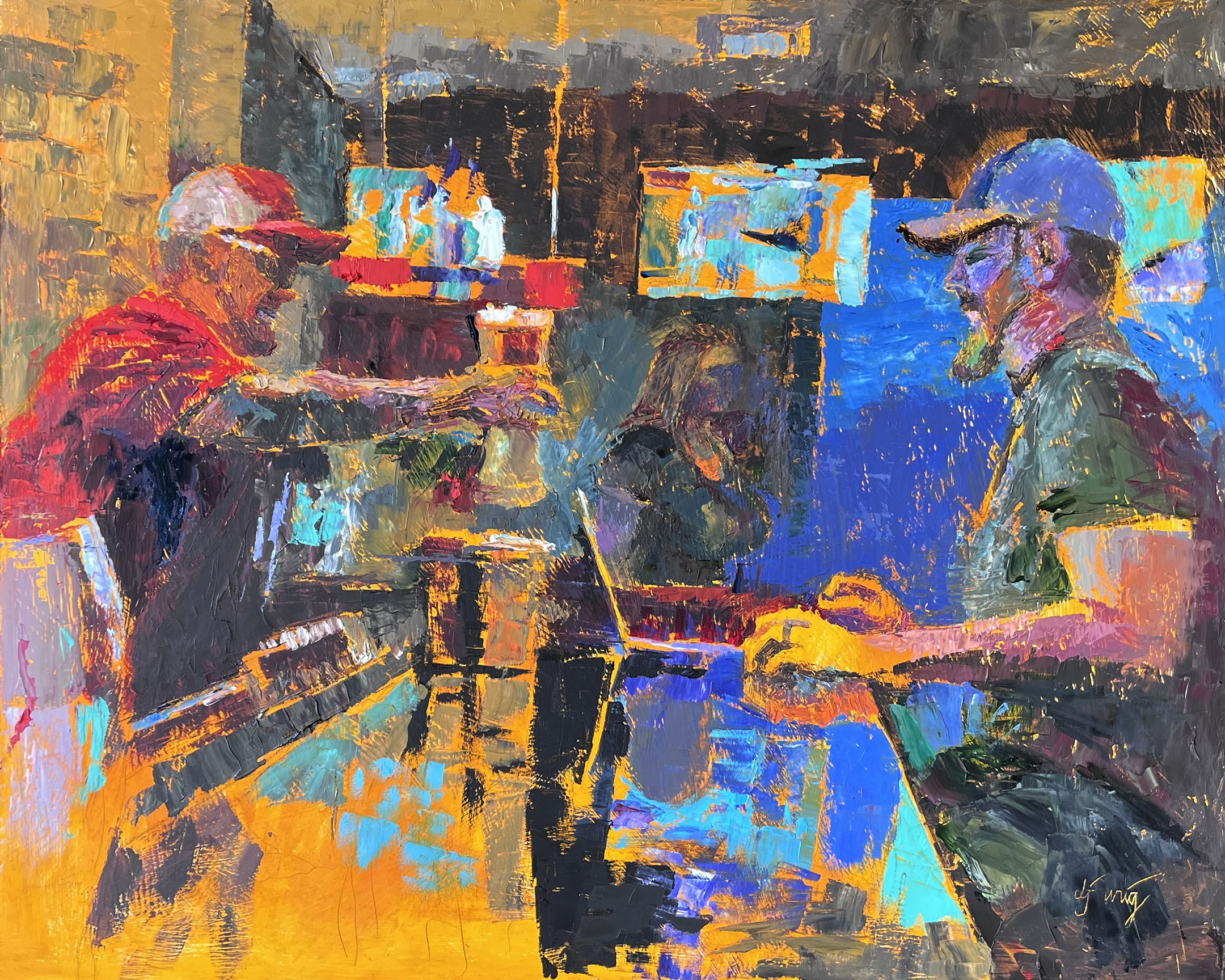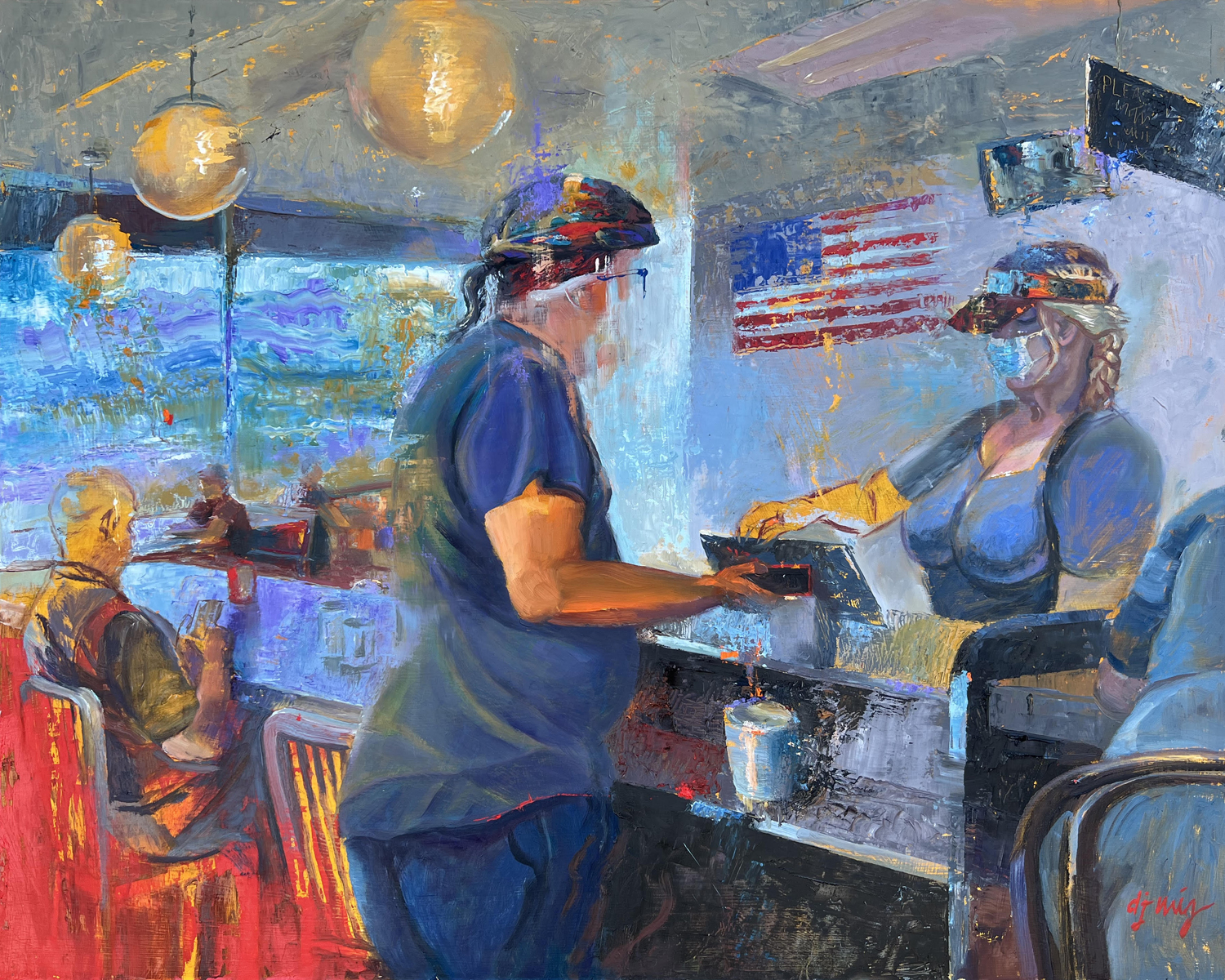Who Me? The Fine Arts Oil Painting.

Who Me? 30.25 x 37.5 in, oil on panel
This painting, like all my paintings, is a Fine Arts Oil Painting Scientific Experiment. What happens if I do this, what happens if I do that. So I enjoy experimenting and learning. I hate being predictable or running the same play or routine countless times on a painting. This would make me insane. Remember the definition of insanity? Doing the same thing over and over and expecting different results? Well, I steer far away from that.
An idea for an oil painting starts out as a pencil drawing then moves into the paint medium. After redrawing the sketch on a new panel. My visual plan begins in my head on how I may proceed. Thinking there may be some tightly rendered details in select areas I proceeded and experiment with some glazing techniques.
I have used glazing with other paints maybe 20 years ago, never experimented this way with M. Graham oil paints that I love. So they are healthier for you, being made with Walnut Oil, they do not recommend using a glazing medium. Instead, for glazing I can push the paint around with a stiff brush, rubbing the paint in at the desired color and tone. Sometimes I would add paint to my panel and then wipe some off with either a paper towel, soft rag or my finger. You have to be careful when adding more paint not to wipe off what has been painted or glazed as under paint. I would make sure to let my paint dry thoroughly, then lightly scumble paint in with a stiff brush on top of the previously painted layers. I use many different sizes of brushes as needed.
My experiences with brushes are that I can wear them out quite quickly, so I try not to use expensive brushes. I like using the painting knife, they are made of metal and it is hard to wear them out. A brush gives a softer stroke with a smoother texture if any at all. Sometimes too much soft. On the other hand, the painting knife gives you sharpness and texture. Finding ways to make the knife strokes soft can be a challenge. See my book Painting Knife Explained if interested in learning how to use a painting knife. Available on my website, Barnes and Noble, Amazon, etc. Click on the link below
http://www.lulu.com/us/en/shop/daryl-urig/painting-knife-explained/paperback/product-21539315.html
Though the process of glazing is usually a refined process, I still like it to have the feel of paint marks on my panel. So, I am constantly revising how I make each mark of paint on the panel. The feel of varying marks or texture of the paint is very important to me. Glazing offers a lot of show-through of previous marks that can add depth and variety to your painting if managed well.
There are so many concerns to juggle while painting. I have only mentioned a few. Standing back from my panel many times to see the overall impression as the painting develops while being conscious of the areas, I want more refined and detailed verses less detailed to emphasize space in the painting. This kind of painting needs more patience to allow the painting to slowly develop and come up through the glazing technique. The values and tonality are controlled much more accurately with glazing and there is always more time to adjust. Add an additional darker glaze to push areas back, then come back with lighter tones to add pop. Always a push, pull with painting marks.
Glazing is so different from the painting knife. With the painting knife, I will attack the painting with my knife loaded with color and the properly chosen tonality. Looking to paint a shape while being constantly aware of the texture, soft and hard edges of the thick paint I lay down and what direction the strokes move the eye.
I had wished I had sanded my panel smooth once I started glazing. The Painting knife enjoys the rough texture of the primer painted with a loaded house paintbrush. The glazing is struggling with the ups and downs texture of the primer beneath.
At the same time, I feel a painting needs some rough paint marks to keep alive. Can you have both smooth and rough at the same time? Absolutely, we are artists, we break boundaries. Set standards then blow them up. It is a scientific experiment.
Different parts of the painting were nagging at me. Not sure what to do with them, then all of a sudden it comes to me, attack the painting with paint. Paint out the nagging areas completely, redefine the overall feel. Visibly more apparent brushwork. Much closer now. I took about that much time to paint out. Though the thought process and pondering solutions was a much longer period of time. The uncommon torso on the left figure, part of the original reason I started the painting, now gone completely. I have to be flexible in painting a piece of art. Everything is in relationship to everything else. It all has to work together. Or it dramatically has to not work together as a statement.
The pencil drawing that said, “Who Me?” (see post), does it still express that same meaning, or has it changed when it became a painting? I still see it. Though going from a black and white pencil to a full-color painting has been a huge jump in aesthetics evolution. A drawing vs. a painting is a vast difference in medium, execution, and expression.
“Who Me?”, captures that feeling we get when someone tries to make you feel bad about something, they think you did or thought you meant. Your innocent, but all your feelings just spin. You try to figure your way out of this false accusation. Innocent I say!
The figure execution in this futuristic expression of Woman or Wo-Android robot is designed to represent a human with flesh-like material. A deeper look could show us a different approach to how to possibly see our self.

